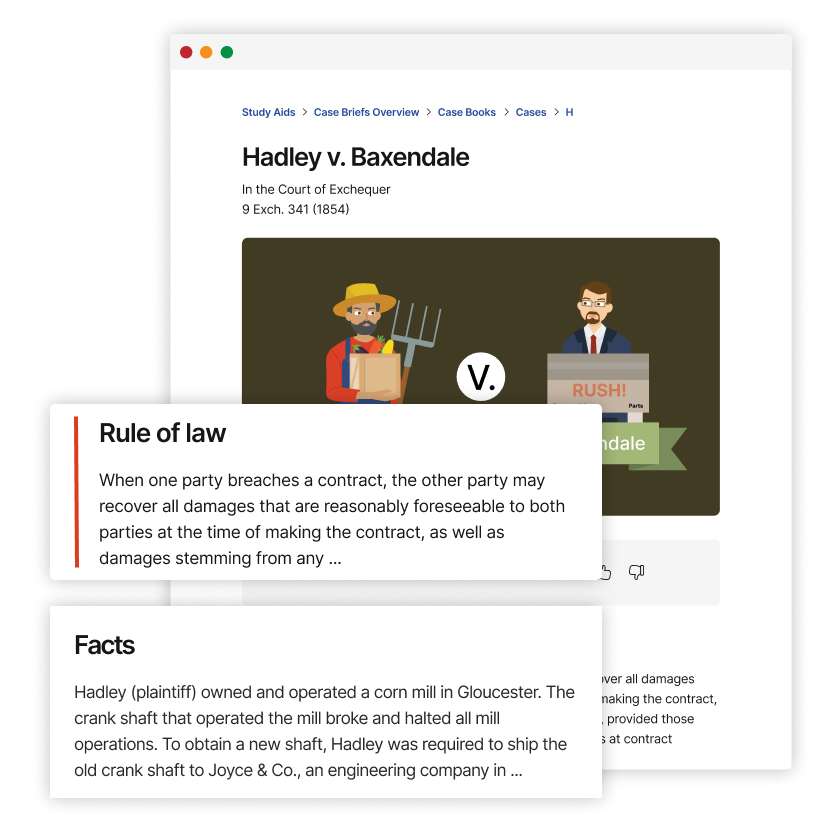Platzer v. Sloan-Kettering Institute
United States District Court for the Southern District of New York
787 F. Supp. 360 (1992)
- Written by Tammy Boggs, JD
Facts
Sloan-Kettering Institute for Cancer Research (the institute) (defendant) was a nonprofit organization that conducted scientific research. The research was largely funded by the federal government. A group of physicians (the scientists) (plaintiffs) employed by the institute conducted research that resulted in the discovery of a cancer treatment. The institute owned the discovery or invention and had a policy of sharing royalties with individual inventors of patented inventions or making discretionary awards of royalties to individual inventors of unpatented inventions. The institute also had an agreement with the federal government related to inventions that arose out of government-funded research. The institute’s agreement with the government, as amended by the Bayh-Dole Act (the act), contained a provision requiring that the institute “share royalties with the inventor” as to licensed inventions. The institute’s application to obtain a patent for the cancer treatment was denied, but the institute nevertheless decided to distribute a 5 percent share of gross royalties to the scientists, resulting in each one receiving over $500,000. The scientists were also entitled to future royalties based on the same royalty percentage. The scientists sued the institute in federal court, alleging that they were not receiving a specified percentage of royalties. Three of the claims were premised on the act, while two claims were based on state law. The scientists asserted that they had a private right of action to enforce the institute’s failure to equitably share royalties with the scientists under the act. The scientists also asserted that the institute’s agreement with the federal government allegedly required royalties to be shared in a certain percentage with inventors. The institute moved to dismiss the complaint.
Rule of Law
Issue
Holding and Reasoning (Martin, J.)
What to do next…
Here's why 899,000 law students have relied on our case briefs:
- Written by law professors and practitioners, not other law students. 47,000 briefs, keyed to 994 casebooks. Top-notch customer support.
- The right amount of information, includes the facts, issues, rule of law, holding and reasoning, and any concurrences and dissents.
- Access in your classes, works on your mobile and tablet. Massive library of related video lessons and high quality multiple-choice questions.
- Easy to use, uniform format for every case brief. Written in plain English, not in legalese. Our briefs summarize and simplify; they don’t just repeat the court’s language.




